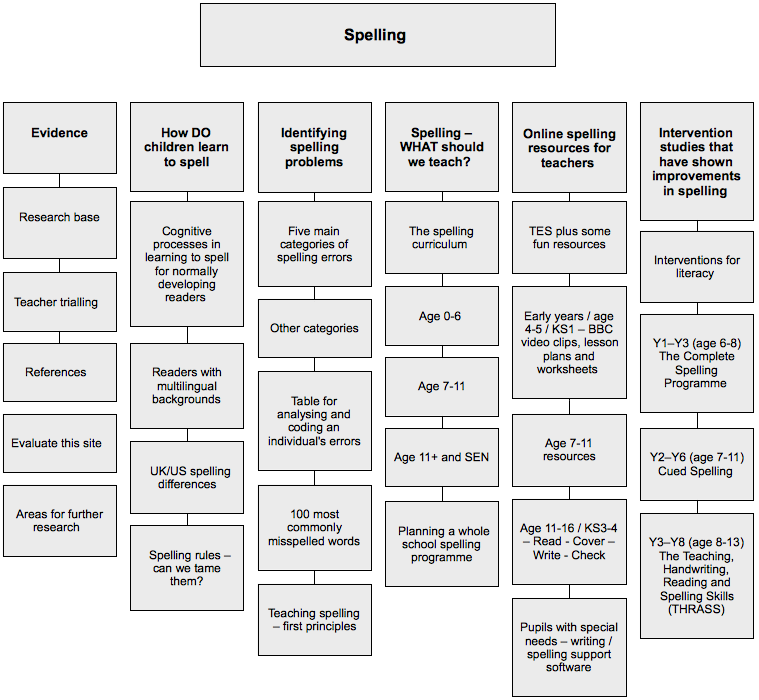
Read Cover Write Check
Is Read Cover Write Check a good strategy?
Broadly speaking, the answer is 'yes'- for many learners.
Though 'Read - Say - Cover - Write - Check' is much better.
But for younger writers, and for dyslexic pupils, the 'saying' part of 'Read - Say - Cover - Write - Check' might best be done as a class, and with phonemes pronounced rather than letter names, and each phoneme spelled out, with tricky vowel or consonant blends discussed. If you don't do this, many children will 'learn' the word, but only for a very brief period. When they come to write it again, they will have no strategy for converting the phonemes in their head into letters and letter groups.
This little 'Read - Say - Cover - Write - Check' online game from the BBC looks very simple, but in fact it has some quite difficult vocationally themed items.
Evidence Base and references
To contribute or comment
- Comments
